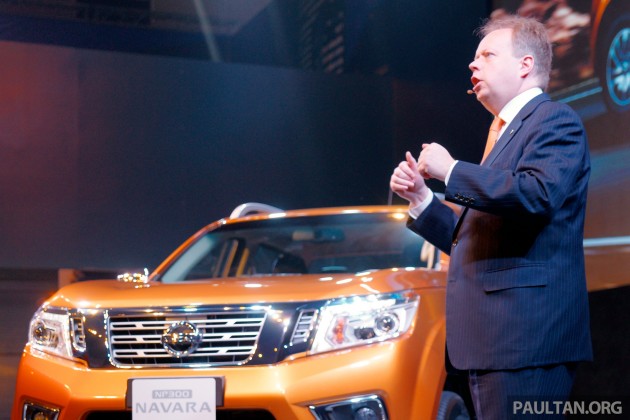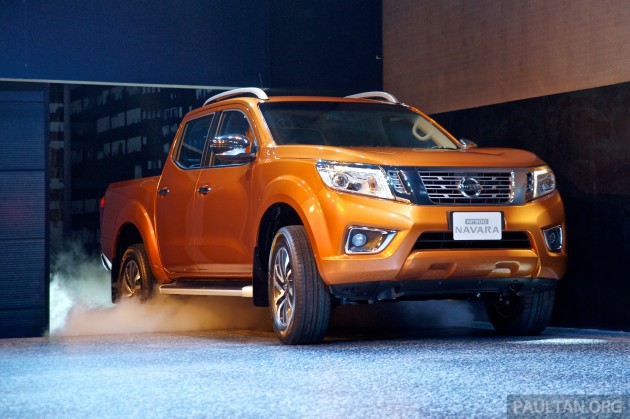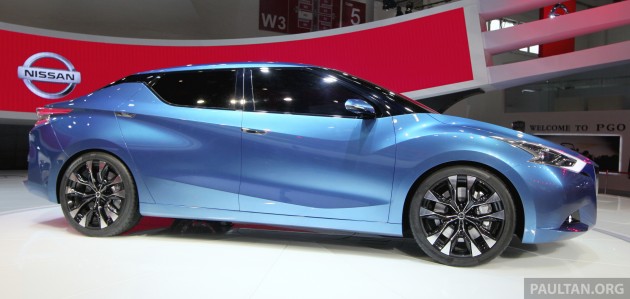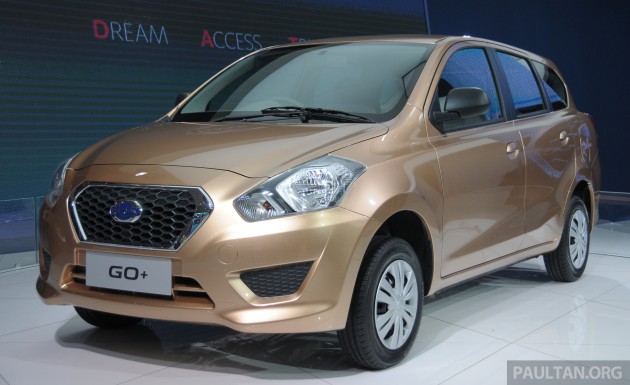
At the launch of the new Nissan NP300 Navara in Bangkok, we managed to catch up with Nissan chief planning officer Andy Palmer to discuss the company's direction and product strategy, particularly for the Asian region.
Earlier in the day, Palmer dispelled questions regarding any commonalities between the new Navara and the next-generation Mitsubishi Triton by confirming that co-development of the two pickups had been cancelled, and that the two pickups were developed separately. This also means that the rumoured Fiat pickup – also reported to be built on a Mitsubishi ladder platform – will not be based on the Navara.
With that out of the way, we touched on the subject of pickup-based SUVs. The Pathfinder, previously based on the outgoing Navara, has now been spun off onto a unibody chassis, riding on Teana underpinnings. This left Nissan with a void in the body-on-frame SUV market currently dominated by the Ford Everest, Toyota Fortuner, Mitsubishi Pajero Sport and the Chevrolet Trailblazer.

Palmer hinted that the situation could be remedied some way down the line. "You can see [from the Navara] that up until [the C-pillar point] it's very SUV in its look. Am I able to confirm it today? No, but it's technically possible to make that happen, and there's clearly room in Nissan's portfolio because we consider ourselves a 4x4/crossover type of company."
He was also positive about the company's prospects as a whole in Asia, particularly in South East Asia. "There is enormous growth [in the region], and a significant amount of Nissan's resources go into understanding those customer demands. In that sense, it is helpful to be an Asian company – it's a little bit easier to empathise, and product planning is mostly about empathy."
Palmer added that customers will start to see cars bespoke to the region, mentioning the Lannia concept unveiled in Beijing earlier in the year as a prime example. "While it's [designed] for China, I think it would equally well fit into South East Asia.

"Asia is really setting fashion and thinking trends for the rest of the world, so it's important to be deeply inside [this region]. That's why, for example, we moved our Infiniti division to Hong Kong."
As for the recently revived Datsun brand, which is currently present in Indonesia, India, Russia and – as of last week – South Africa, Palmer believes that it has the capability to expand in South East Asia.
"Wherever you can imagine fast-developing markets, wherever you can see an inflection point where the populace starts to consider trading from motorcycles to cars, that's where Datsun needs to be. We can give them a very modern-looking car at a very affordable price."

"The GO+ [was developed] principally with Indonesia in mind, but the importance [of the extra third row] is not limited to Indonesia, but is also applicable in Malaysia and in other places like Myanmar. Myanmar and Vietnam are interesting places we are looking at, but it's eminently reasonable that you could imagine those cars coming to Malaysia as well."
The GO+, known as the GO+ Panca in Indonesia, starts from 85 million Indonesian Rupiah (RM23,000). How much do you think it would cost over here, and do you think Tan Chong would be able to make a business case for Datsun here?




No comments:
Post a Comment